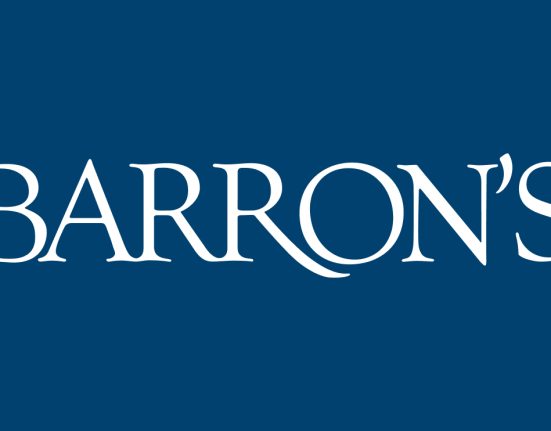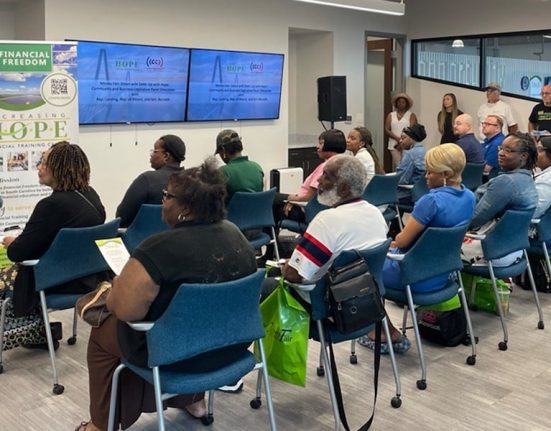A report on donor-advised funds issued Thursday morning from an independent, academic-led collaborative finds 54% of these philanthropic vehicles granted at least half of their assets to nonprofits within three years.
It also found that half of all existing accounts are modest in size, with assets of US$50,000 or less.
The findings from the Donor-Advised Fund Research Collaborative, or DAFRC, counter criticisms that DAFs warehouse tax-advantaged assets that fail to reach nonprofits and that they are vehicles primarily used by the wealthy.
The National Study on Donor Advised Funds is based on nine years of financial transactions covering more than 600,000 gifts from about 57,000 individual DAF accounts housed at national charitable organizations, community foundations, and religious organizations. The information was collected through 2022, with 2021 data representing the most complete set, when assets in these accounts was about US$36.7 billion.
“One of the things that our research is making plain is that donor-advised funds facilitate a really wide range of philanthropic behavior,” says Daniel Heist, co-director and a founder of the collaborative, which received financial support from the Bill & Melinda Gates Foundation, the Dorothy A. Johnson Center for Philanthropy, and Giving Tuesday.
Advertisement – Scroll to Continue
The collaborative was co-founded by Heist, an assistant professor of nonprofit management and social impact at Brigham Young University in Provo, Utah, and Danielle Vance-McMullen, an assistant professor of public policy and nonprofit management at DePaul University in Chicago, a few years ago.
“We noticed that there was a lot of attention being paid to donor-advised funds, but very little data on a lot of the topics that were being answered,” Heist says.
DAFs are charitable accounts created from irrevocable, tax-deductible contributions. The assets in the accounts are invested, allowing them to grow, and can be distributed to a qualified charitable organization at any time. Some DAF sponsors require modest contributions to be distributed within a specified period of time, but others do not.
Advertisement – Scroll to Continue
In addition to the immediate tax deduction DAFs provide, these vehicles are appealing to all kinds of donors for their simplicity and low costs. That’s because the DAF sponsor takes care of all administration and record-keeping of the accounts. Total assets in DAF accounts dipped a slight 1.1% in 2022 to US$229 billion because of falling stock markets that year, according to the National Philanthropic Trust’s annual report released last November.
The National Philanthropic Trust’s report is based on aggregate data from the Internal Revenue Service, and is useful, he says. But a lot of the questions that people had were things like, ‘How long does money stay in DAFs and how many people give anonymously?’” To get answers required getting data from DAF sponsors—community foundations, religious organizations, and national charitable organizations.
The culmination of their research finds that DAFs are largely a mid-range philanthropic vehicle, with 49% of all accounts studied holding less than US$50,000 in assets as of the end of 2021. Some accounts have less than US$5,000, and only 7% had balances of US$1 million or more. Only 1% had a balance of more than US$10 million.
Advertisement – Scroll to Continue
The DAFRC study also found that less than 4% of grants made were “truly anonymous,” with the rest providing some information to the grantee “about who the donor was or what the account was,” according to the report.
“These are not private foundations, these are not large trusts, but it’s also a little bit of a step up from just giving out of your checkbook,” Heist says. “It really is kind of this wide range of philanthropy happening through this one type of vehicle or tool.”
The most common annual donation amounts into DAFs—40% in the study sample—were in a range between US$10,000 and US$50,000, possibly reflecting a desire by taxpayers to meet the standard deduction for tax purposes, whether they are filing singly or jointly, Heist says.
Advertisement – Scroll to Continue
But there are quite a few donations below US$10,000. “It’s not just tax motivations—a lot of people are using these accounts because they’re convenient, because they organize their giving,” he says.
The study included a “shelf-life analysis,” that surprisingly found that the larger the account, the more likely it was to be active.
“One thing that people are worried about is money sitting there, money being inactive, the account not being used,” Heist says. “What we found is that it was the smaller accounts that were less active.”
Advertisement – Scroll to Continue
In some cases, that’s because the accounts were new and people hadn’t gotten around to using them yet, but the larger accounts were more likely to be actively making grants, he says.
This activity is reflected in the so-called payout rate, which is the percentage of assets in an account that is granted in a given year. Private foundations, for instance, are required to grant 5% of their assets each year.
The DAFRC researchers found that the average payout rate for large DAFs (with assets between US$1 million and US$10 million in assets) and very large DAFs (with assets more than US$10 million) was 11% and 9%, respectively, Heist says. Payout rates for smaller accounts were larger—17% for those with assets between US$10,000 and US$100,000—but, the “large and very large are very consistent, they are constantly being used,” Heist says.
Also, a nuance to the final data is that it doesn’t include results for some of the top donors at each sponsor, as participating organizations didn’t want those donors to be identified within the dataset, he says.
“To preserve donor confidentiality, we allowed organizations to not include their largest donors,” Heist says, but “those big, big donors actually give a lot, and that brings the payout rate up.”
Overall, in the most recent three-year period, 78% of accounts made at least one grant to a nonprofit; on average 63% made at least one grant a year. More than half granted at least half of their assets in three years, and 75% granted at least half within eight, the research found.
Another surprising find that had not been previously tracked: Nearly all DAFs—92%—have a succession plan in place for directing their account assets after the donor dies. The research found that about 70% are leaving the assets to the next-generation to manage, while the remaining 30% are designating the funds to the DAF sponsor or another nonprofit.
“That was a nice indication that the money is being accounted for,” Heist says.
Heist says the report is a tribute to the organizations that provided data to the researchers. “That was a big ask for us to say, ‘Can you share nine years of your financial records with us at the account level?’” he says.
“We were pleasantly surprised that these donor-advised fund organizations [said] yes, we want to share our data with you. We want the story to be told. We want to be transparent with the sector,” Heist says. “We think the data will help people understand this is a valuable and a well-used philanthropic tool.”






